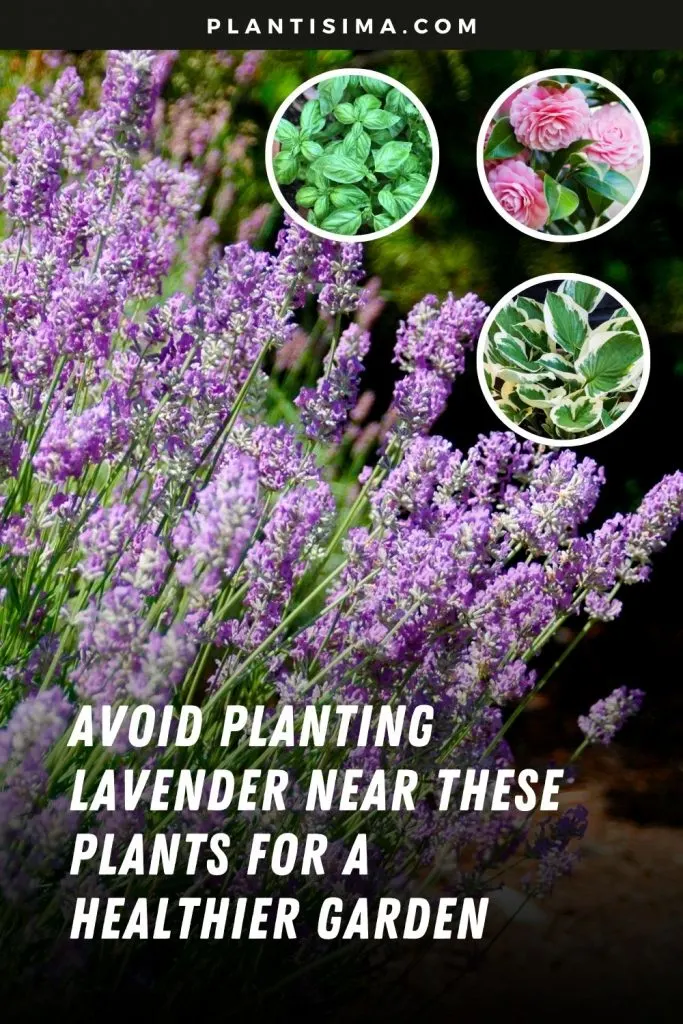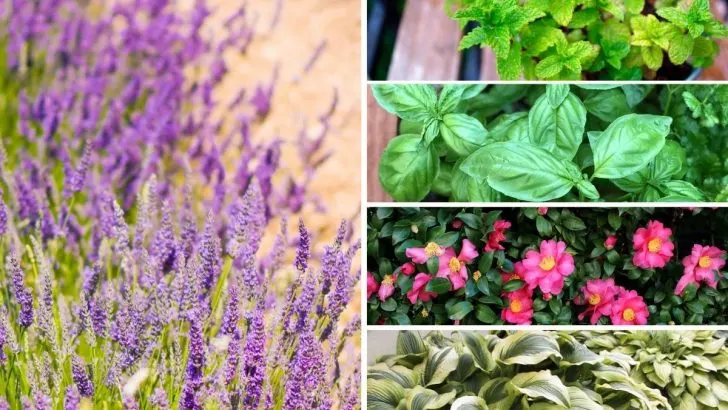Lavender, with its aromatic fragrance and stunning purple blooms, isn’t just popular among gardeners—it’s a versatile plant that’s used for everything from home décor to essential oils. But keeping your garden healthy and vibrant involves more than just planting your favorite flowers and herbs.
One key factor is plant compatibility. Some plants grow well together, while others compete for resources or create conditions that can negatively impact each other’s growth.
Knowing which plants to avoid planting near lavender is crucial to keeping your lavender healthy and ensuring that your garden remains a beautiful and harmonious space.
Planting incompatible neighbors next to lavender can stunt its growth, weaken its fragrance, and even attract pests or diseases, resulting in a less successful garden.
Plants to Avoid Planting Near Lavender
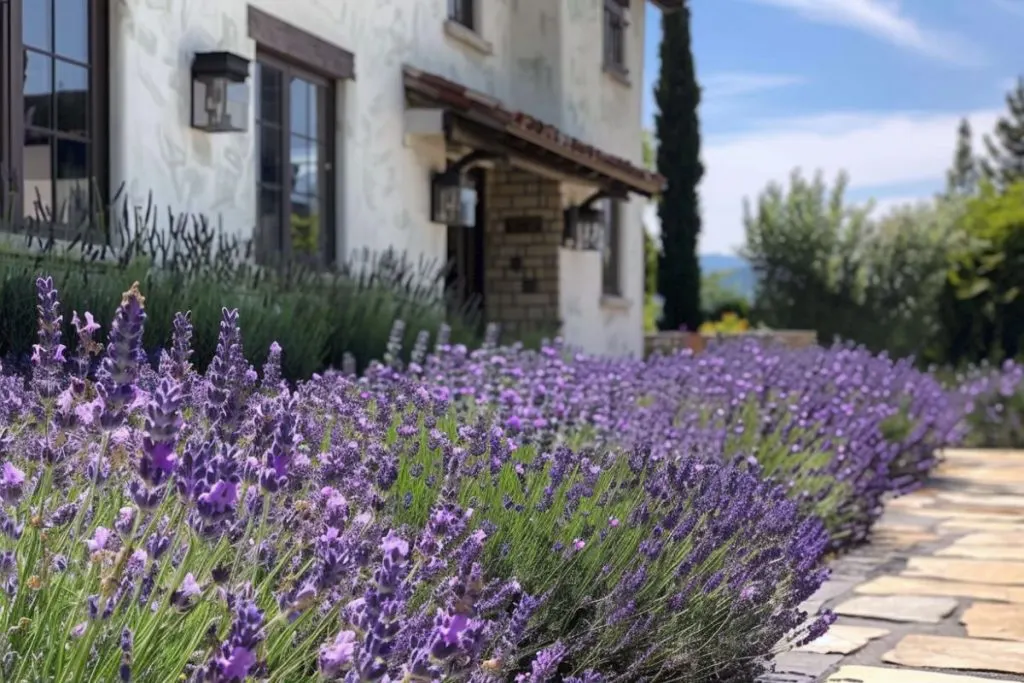
Different plants have specific needs when it comes to soil, water, light, and nutrients. Planting incompatible plants together can lead to poor growth, an increased risk of pests and diseases, and even the death of one or both plants.
1. Mint: The Invasive Competitor
Mint is notorious for its rapid and invasive growth, making it a difficult companion for most plants—lavender especially. Mint spreads aggressively through underground runners, quickly overtaking surrounding plants and competing for vital nutrients and space.
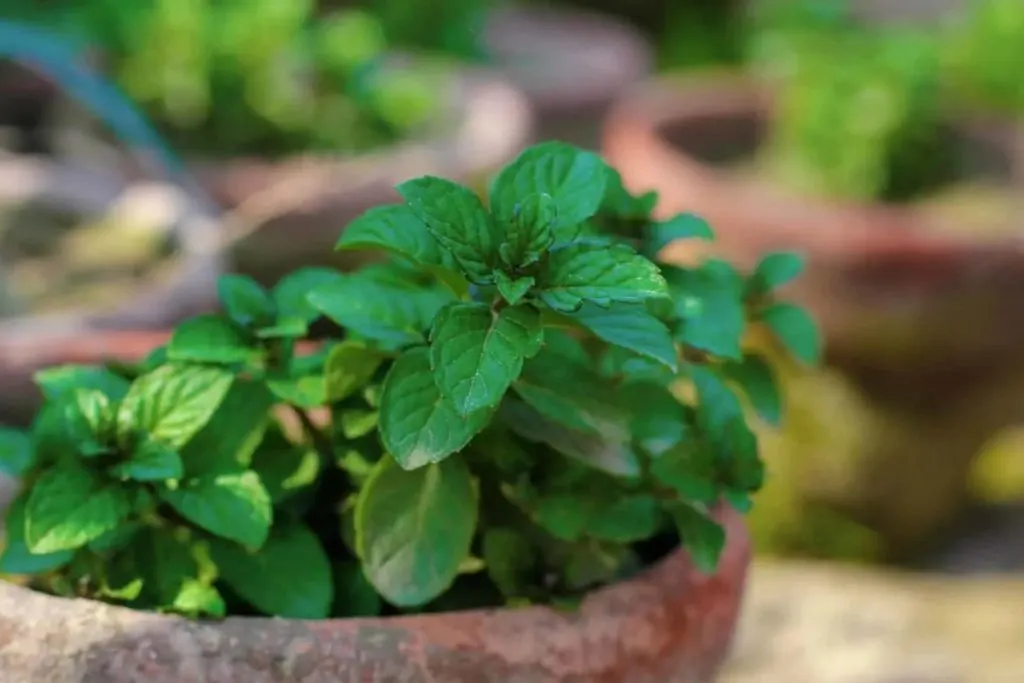
This invasive nature can suffocate lavender, depriving it of the well-drained, nutrient-rich soil it needs to thrive. Plus, mint prefers a more humid environment, while lavender flourishes in drier conditions.
The conflicting water needs can create an unbalanced soil environment, leading to root rot or stunted growth in lavender. To avoid these problems, it’s best to grow mint in a contained space, like a pot, far away from your lavender.
2. Basil: A Herb with Different Needs
Basil is a favorite herb in many gardens, known for its fragrant leaves and culinary uses. However, basil and lavender have very different growing requirements.
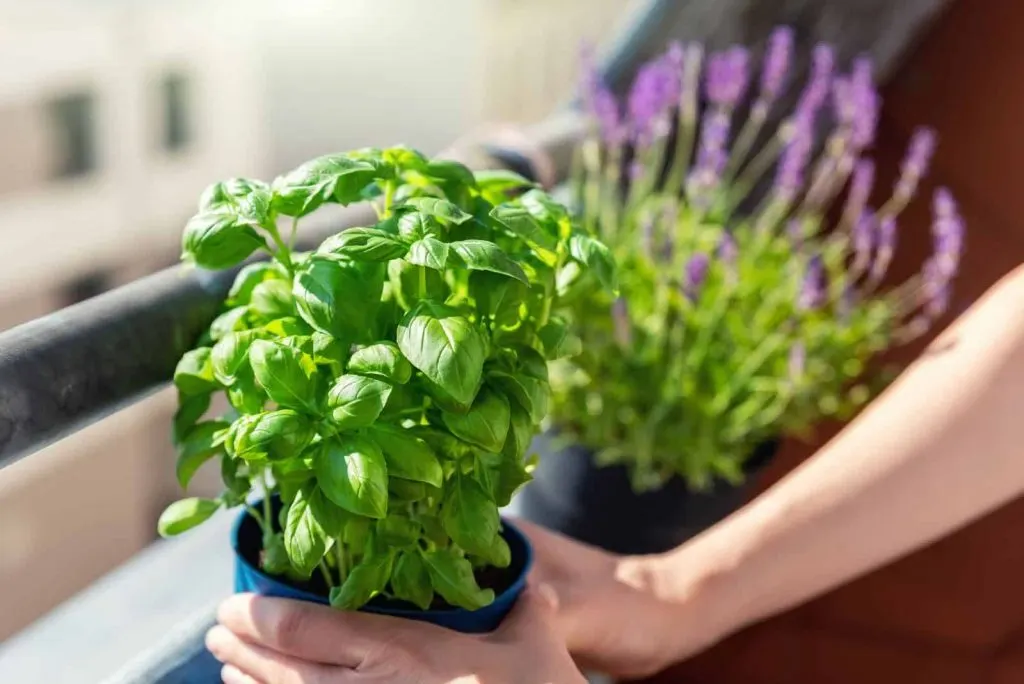
Basil thrives in rich, well-watered soil and prefers slightly acidic conditions. Lavender, on the other hand, prefers dry, alkaline soils and suffers when the soil retains too much moisture.
Basil’s need for moisture can create an environment that encourages mold and mildew, which can spread to lavender—especially in humid climates.
Planting basil near lavender can prevent both plants from reaching their full potential, so it’s best to grow them in separate areas where their specific needs can be met.
3. Camellias: Shade and Acid-Loving Beauties
Camellias, known for their beautiful rose-like blooms, have growing conditions that are very different from those of lavender. Camellias thrive in acidic soil with a pH of 5.5 to 6.5 and prefer partial to full shade.
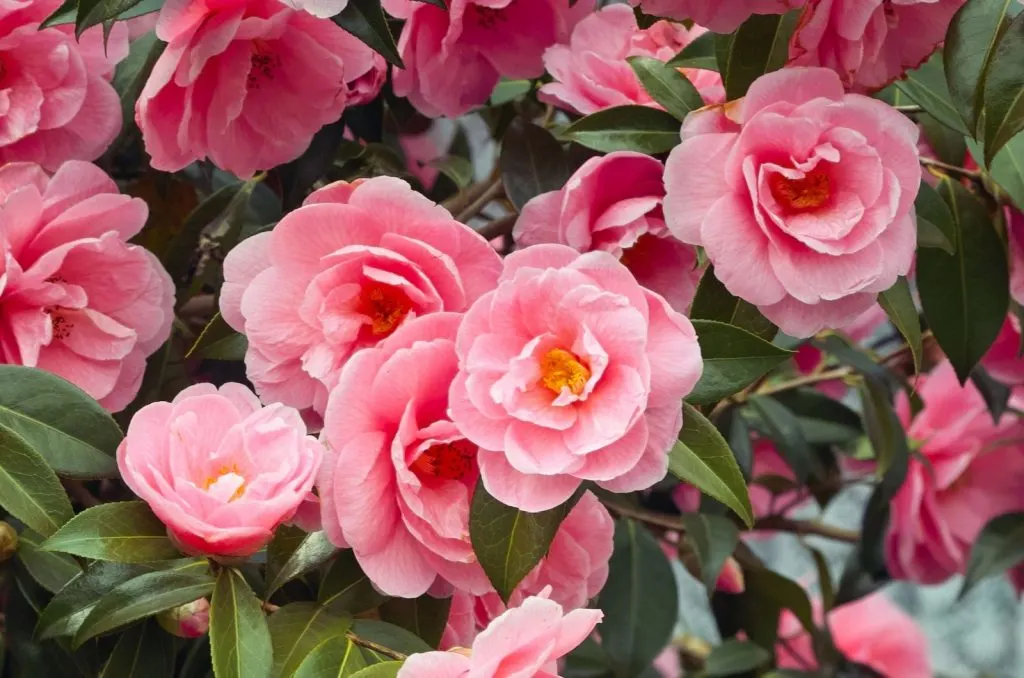
Lavender, in contrast, requires full sun and well-drained, alkaline soil to flourish. Planting camellias near lavender can result in conflicts over soil pH and light requirements, leading to poor growth for both plants.
Camellias can suffer from sunburn if exposed to too much direct sunlight, while lavender struggles to absorb nutrients in acidic soil. To keep both plants happy, plant camellias in a shady, acidic part of your garden, far away from your sun-loving lavender.
4. Hostas: Shade-Loving Perennials
Hostas are shade-loving plants known for their lush, broad leaves and their ability to thrive in moist, shaded areas. While they add a lush, green contrast to garden beds, they are incompatible with lavender due to their moisture and light requirements.
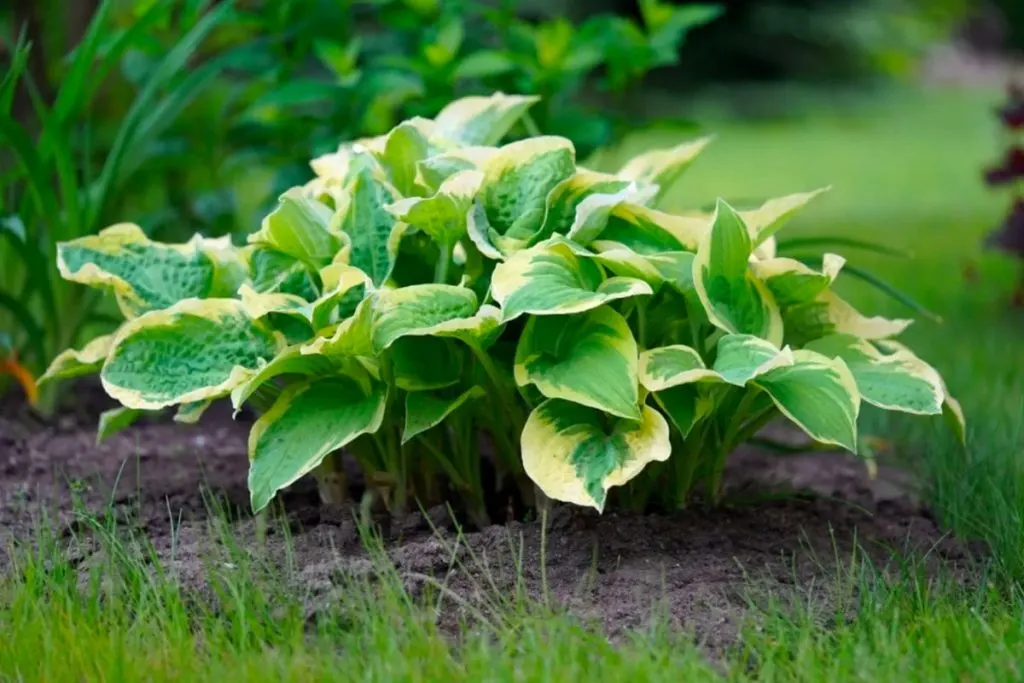
Hostas need constant moisture and shady conditions, which is the exact opposite of what lavender prefers. Planting hostas near lavender can lead to the lavender being overwatered and the hostas not receiving enough moisture, leaving both plants struggling.
Hostas are best planted in shaded garden areas with rich, well-drained soil, while lavender should be given a sunny spot with drier soil conditions.
5. Impatiens: Lovers of Shade and Moisture
Impatiens are a popular choice for brightening up shady garden areas, as their vibrant blooms can liven up even the darkest corners. However, their love for shade and moisture makes them poor companions for lavender.
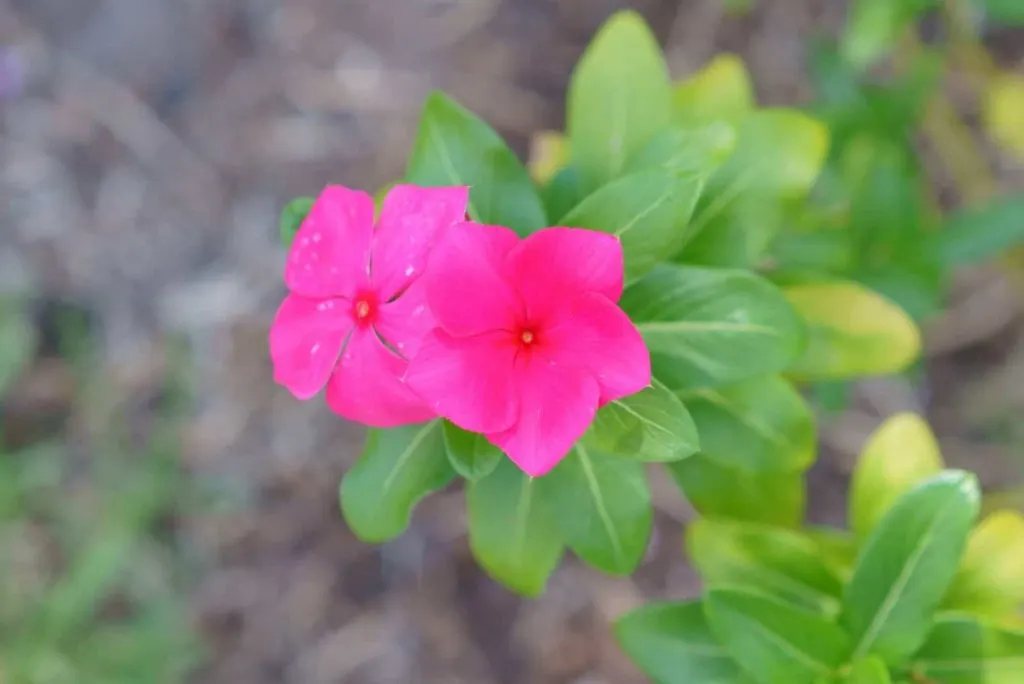
Lavender thrives in full sun and requires well-drained soil to avoid root rot, while impatiens need a consistently moist environment and can wilt if exposed to too much direct sunlight.
Planting these two together can result in neither plant getting the care it needs, leading to disappointing results in your garden. To ensure both plants are happy, it’s best to grow impatiens in shaded, moist areas, far away from your lavender beds.
A Tip from One Gardener to Another
Understanding the specific growing needs of lavender and the other plants in your garden is key to creating a harmonious and thriving space.
Strategic plant placement ensures that all plants get the nutrients, light, and water they need to grow and flourish.
Remember, the success of your garden isn’t just about planting beautiful flowers—it’s about creating a balanced ecosystem where each plant complements the others.
By avoiding these incompatible plant pairings, you’ll save yourself time, effort, and potential disappointment, ensuring that your lavender—and your entire garden—thrives.
